If you want to talk railroad history, there could not possibly be a more appropriate spot for a museum than this one, at the former Mount Clare station of the Baltimore and Ohio Railroad.
This is the spot from which the first scheduled railroad service in the U.S. began in 1830, traveling thirteen miles to Ellicott City, Maryland. In 1844, when Samuel F.B. Morse demonstrated his new telegraph with a message from Washington, D.C., it was received at Mount Clare Station, which by then had also become the first purpose-built facility for building railroad equipment.
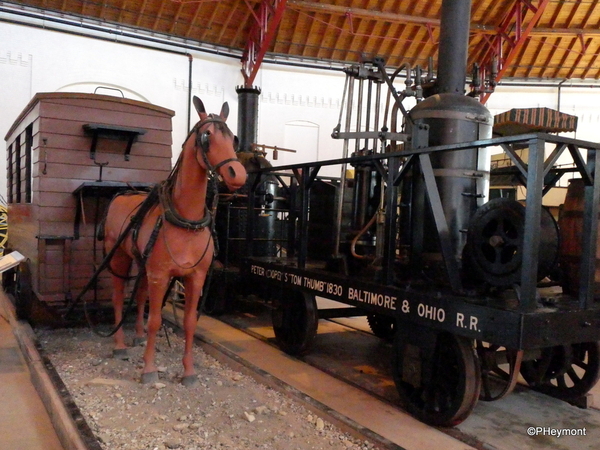
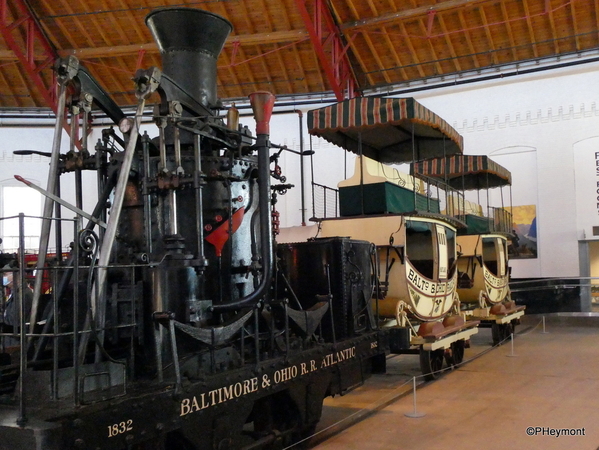
Even in the beginning, when horses pulled its earliest trains, and when passenger cars looked like stagecoaches on flatcars, the B&O must have had a sense of history, because almost from then it began accumulating and stashing away historic equipment. Either that, or like many of us, they just couldn't bear to toss things.
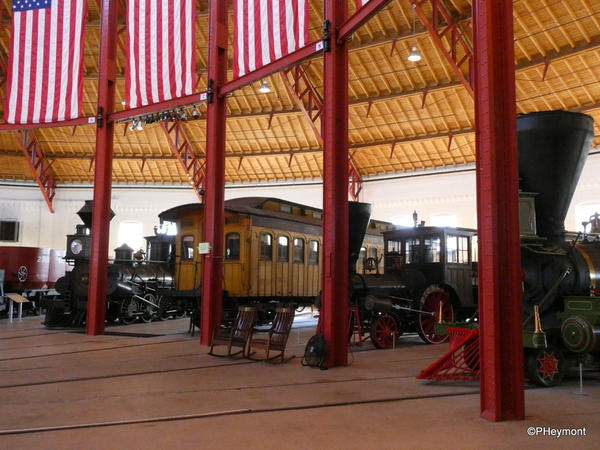
Things got more serious in the late 1920s as the railroad got ready to celebrate its centenary with a "Fair of the Iron Horse," gathering up many of its 'oldies,' and building a few replicas as well. The Mount Clare shops, adjacent to the station, was a major industrial plant, capable of building and maintaining locomotives, passenger cars, freight cars and specialty equipment.

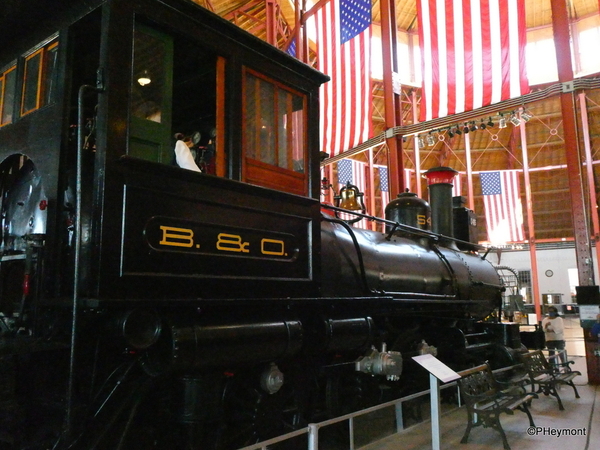
After World War II, the B&O decided to pull all its exhibit-quality equipment together and create a serious museum, which opened on July 4, 1953. The building it chose, adjacent to the Mount Clare station, was a huge round building with a roundhouse floor that had been the Mount Clare Car Shop, built in 1884 to service passenger cars.
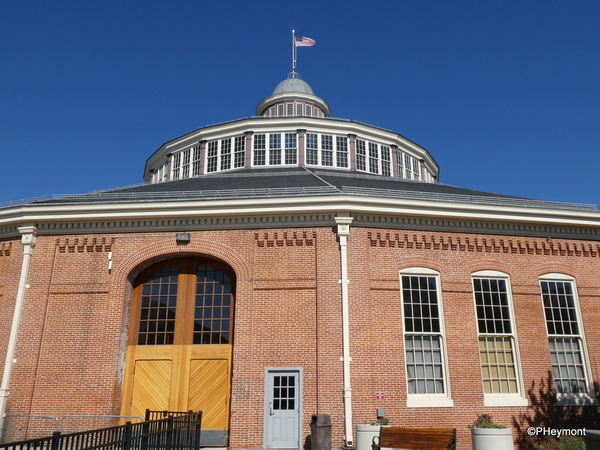
The turntable, seen in the model below, allowed cars to be easily moved from one workstation to another with minimum effort and no engine. It also makes a great display system for the museum; you almost don't realize, until you look at the last exhibit, that you're back where you started!

The design of the roof is also spectacular; this image was made lying on the floor looking up. It also turned out to be a weak point of the building; heavy snow collapsed the roof in 2003, dropping beams and snow into the exhibits. It took nearly ten years to repair all the damage. It also gave the museum a chance to add some exhibit space and update facilities.
Some of that exhibit space is given over to scale models and to other displays of railroad history, including a surprisingly honest assessment of the 1877 Great Railroad Strike, in which the B&O and Pennsylvania Railroads played large and not very honorable roles.
Everybody wants the trains to run on time, so of course there's an exhibit of railwaymen's watches and station clocks.
Another collector's obsession: the museum has an extensive collection of the custom-made tableware used in dining cars on various railroads.
In the main exhibit section, after the very early days, there are locomotives from the 1840s and 1850s showing the development of more and more powerful technology, and larger freight capacity as well. Many were built at Mount Clare.
One of the larger sections comes under the heading "The War Came By Train," and covers how important railroads became during the Civil War, especially allowing Union troops and equipment more rapid movement. They also became a target for destruction by both sides, and with Baltimore located more or less on border ground, all the effects were felt there.
One of the more unusual designs on the floor, No. 305 was built at Mount Clare and is called a 'camel' engine for obvious reasons. It was designed to haul heavy trains over western Maryland's mountainous routes; its huge boiler allowed it great power. It also made the engineer, who sat on top of it, very uncomfortable.
More historic engines of the Civil War and post-war era. In the museum, they are handsomely painted and decorated; in regular service that tended to wear off quickly.
And a classic red caboose...the 'office' of the conductor, with a raised roof to allow him to see along the length of the train, especially important before air brakes ended the need for brakemen to set the train's brakes while running along the tops of cars.
Inside, the machinery of a steam locomotive is, to say the least, complex.
The museum has a Railway Post Office car. In the days before airmail, much of the country's mail moved by train, and on high-density routes between major cities, postal workers sorted it enroute. At its peak in 1915, there were 4,000 RPO cars across the country, served by 20,000 postal clerks. Lower picture shows the last RPO car on the last day of service in June 1977.
Another feature no longer found on the railroads: the Jim Crow segregated passenger car that many states and railroads required until the Civil Rights movement of the 1960s brought it to an end. Segregation extended into the stations as well.
The museum's collection of cars goes beyond passenger cars and specialty items with some exhibits of freight cars and in particular, a refrigerator car on a siding outside, with exhibits explaining how fast railroads and 'reefer' cars changed what, where and when we could eat perishable foods grown in far parts of the country.
In another of the Mount Clare buildings, across a platform or two, the museum has some more recent—but not very recent—equipment that may be familiar to railfans.
And indoors, a lot more, including streamlined steam engines of the 1930s, such as this Chesapeake and Ohio 'Hudson' and a streamlined B&O diesel.
The museum has survived the disappearance of the B&O in the 1970s into the C&O and the Chessie system and ultimately into CSX Transportation. In 1990, CSX sponsored creation of an independent board and organization for the museum. In 1999, it deeded the museum collection and buildings to the museum, including 7 acres of the original Mount Clare site, provided a $5 million endowment, and left it on its own.
The museum became a Smithsonian affiliate, and is developing exhibits and programs on the role of actual railroads in the era of the Underground Railroad with a grant from the National Endowment for the Humanities
Oh, and if all those engines are too big for you; in the courtyard there's an extensive G-gauge layout running...
Baltimore & Ohio Railroad Museum is at 901 West Pratt Street, Baltimore. Hours are 10-4 daily. Tickets are not cheap: $25 for adults $20 seniors, $16 kids 12 and under.

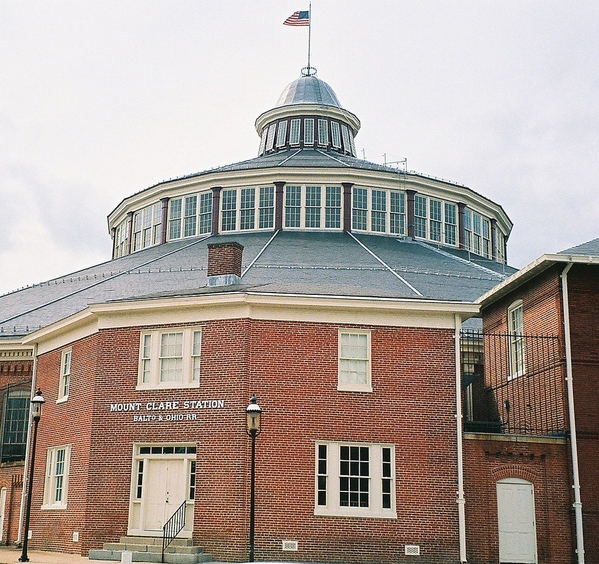
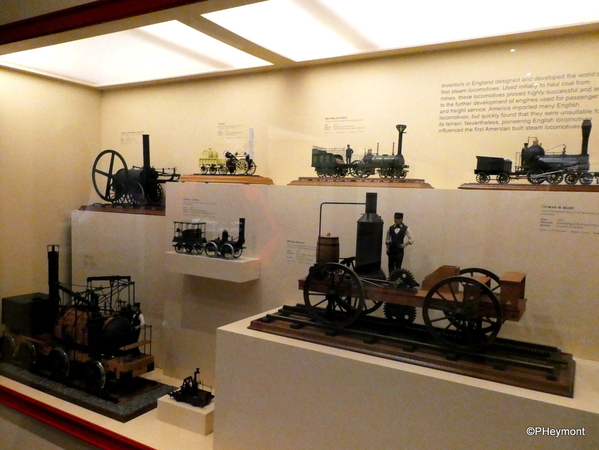
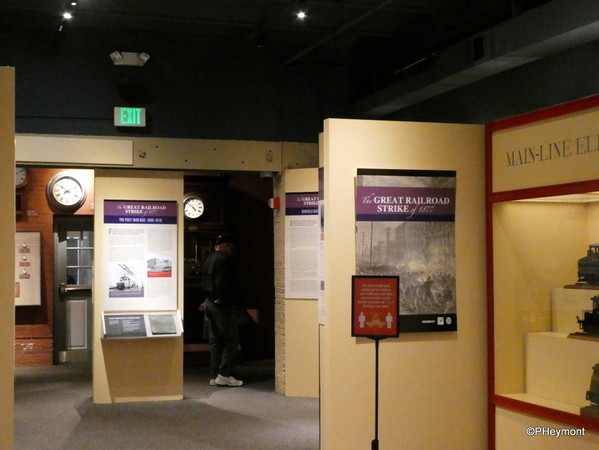
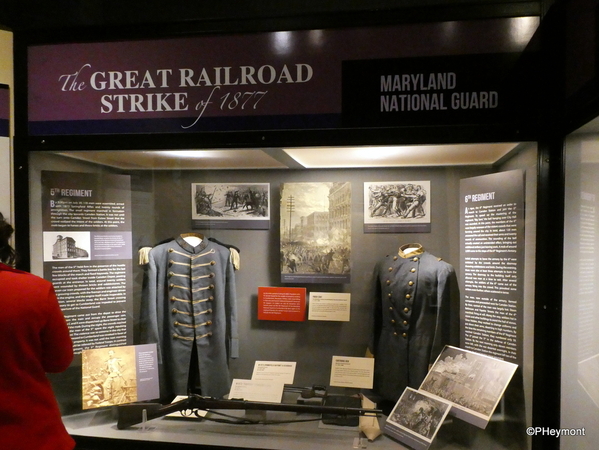
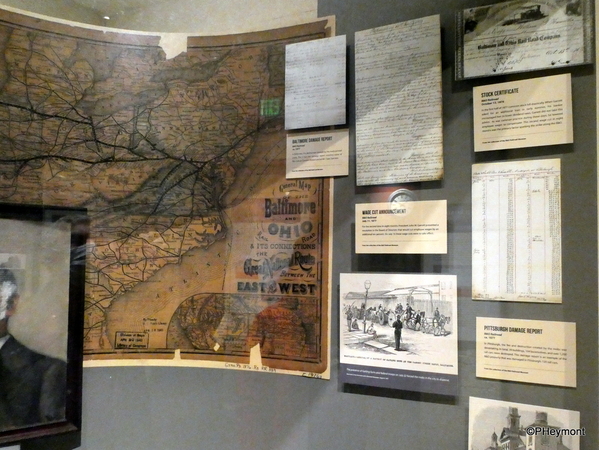
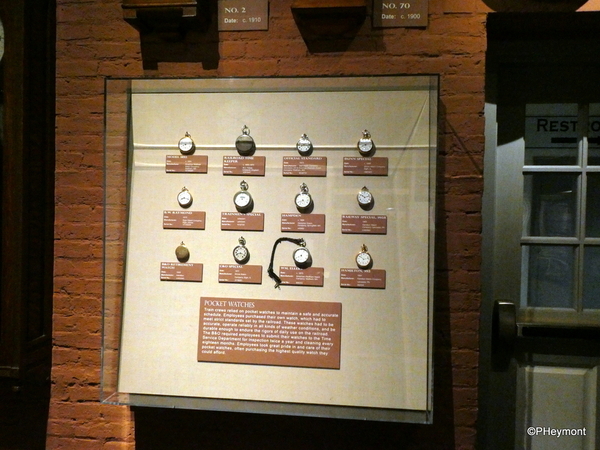

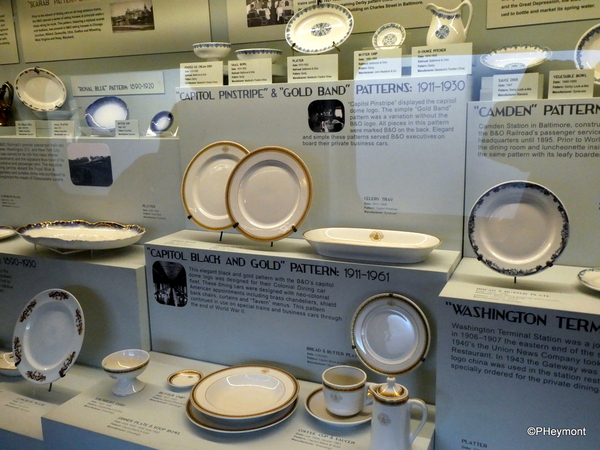
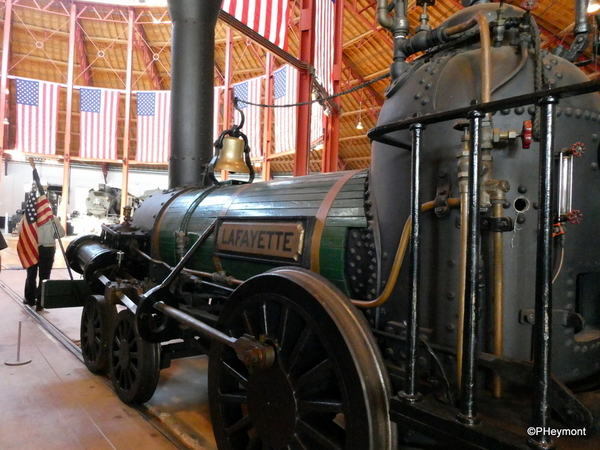
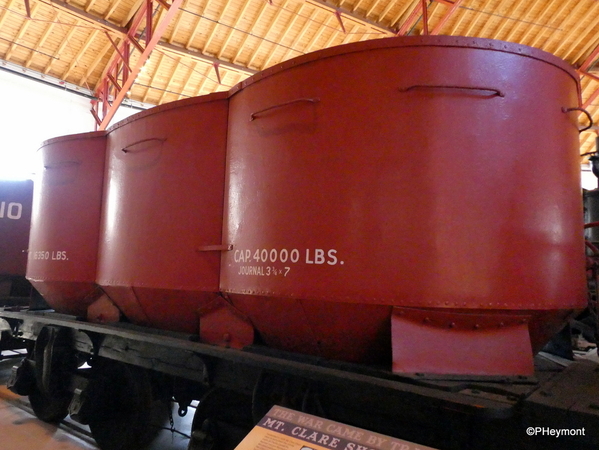
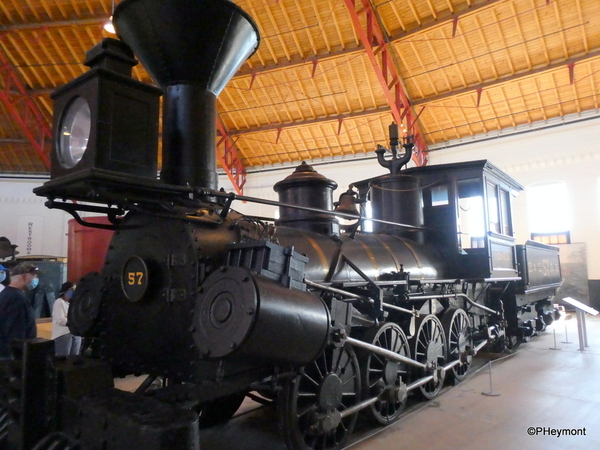
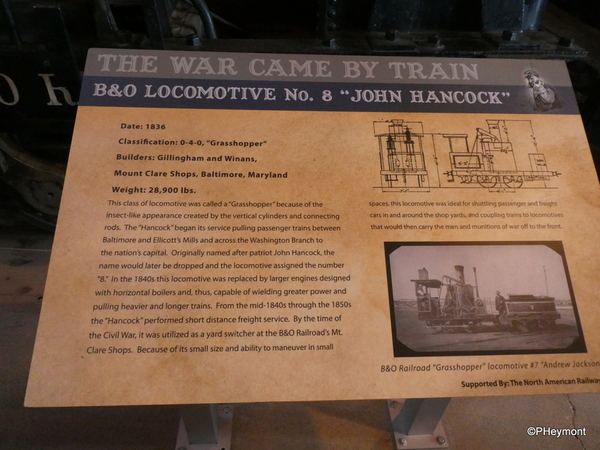
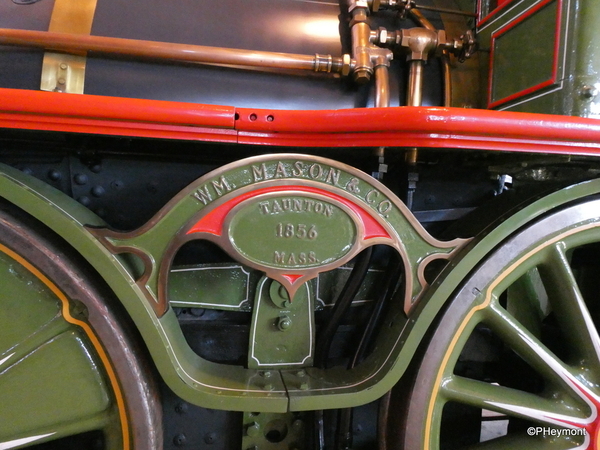
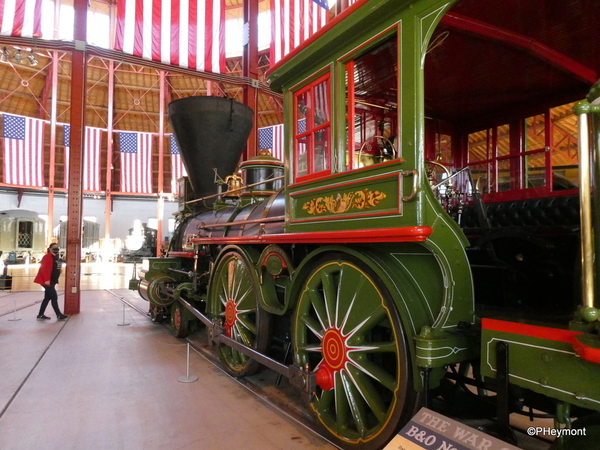
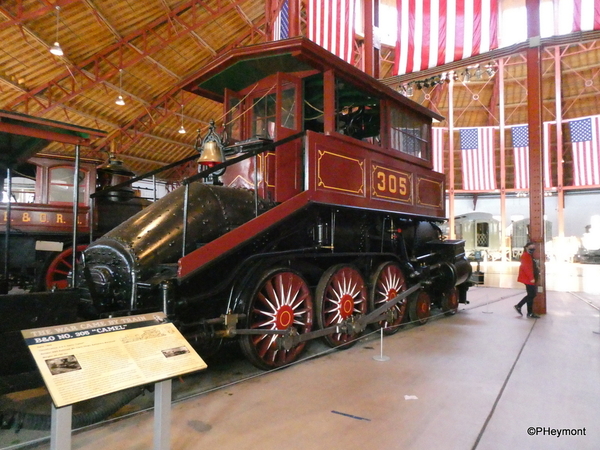

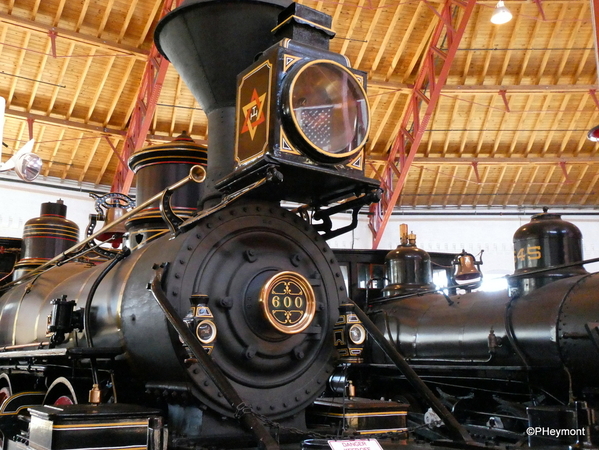
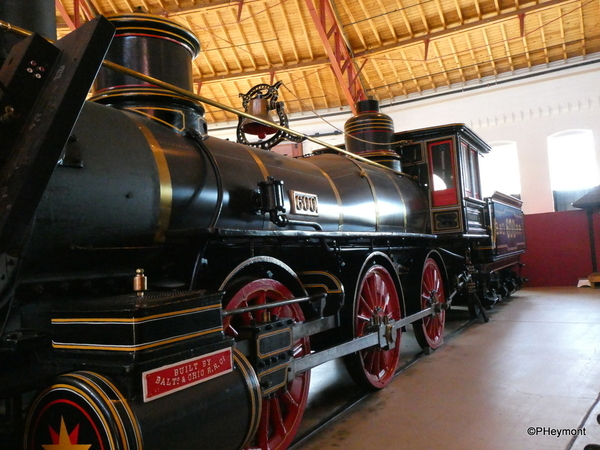
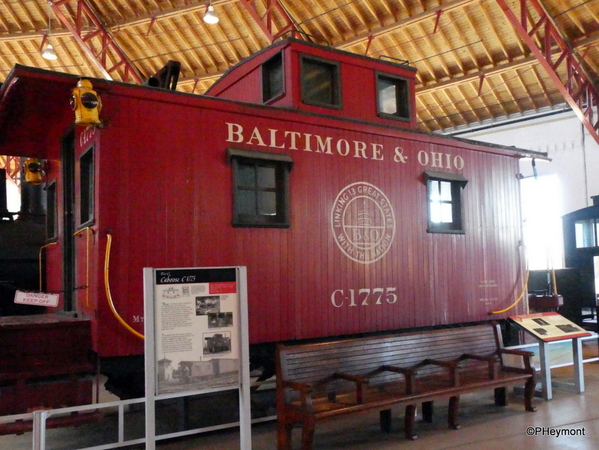
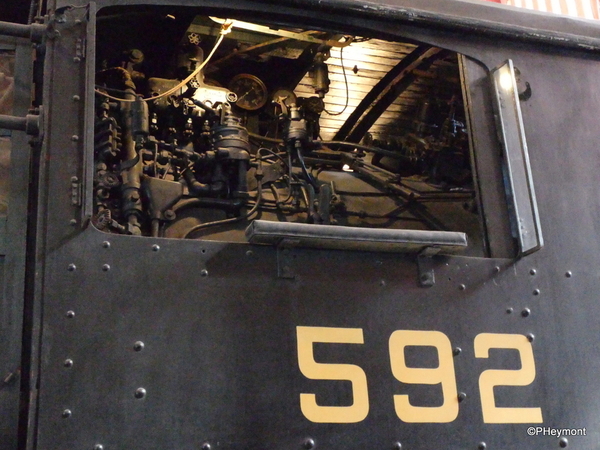
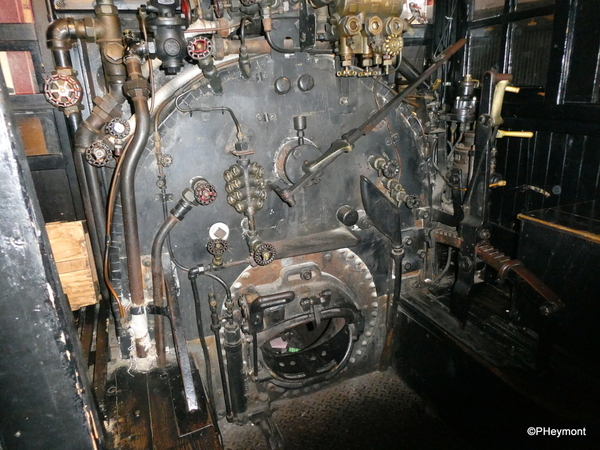


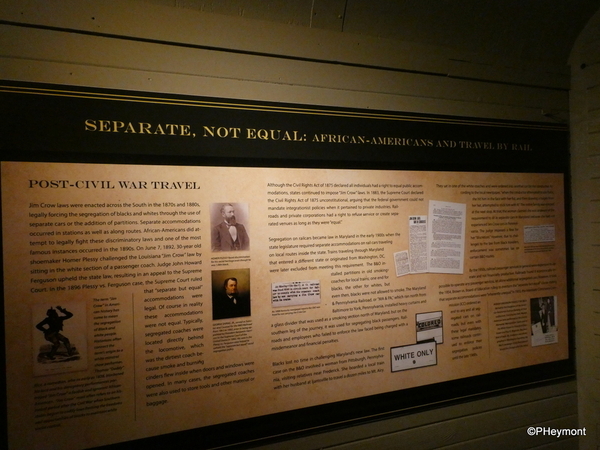


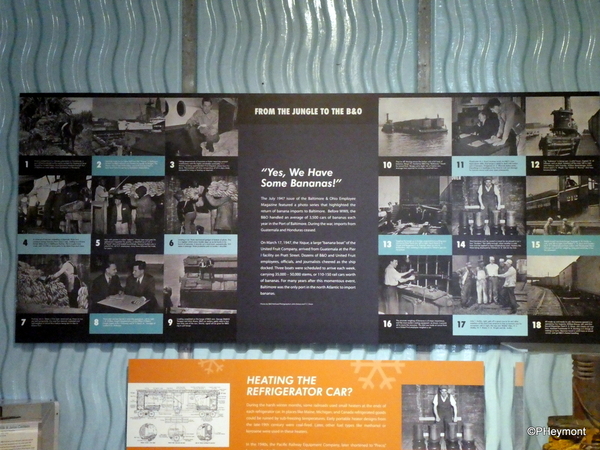
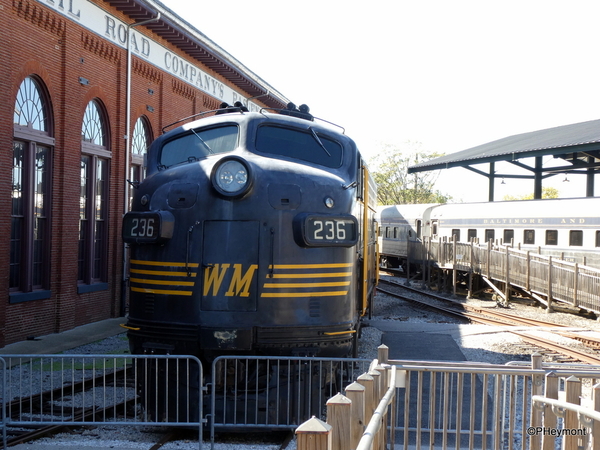
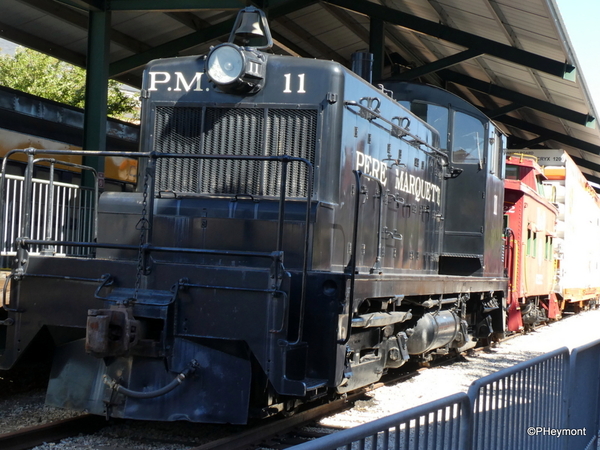
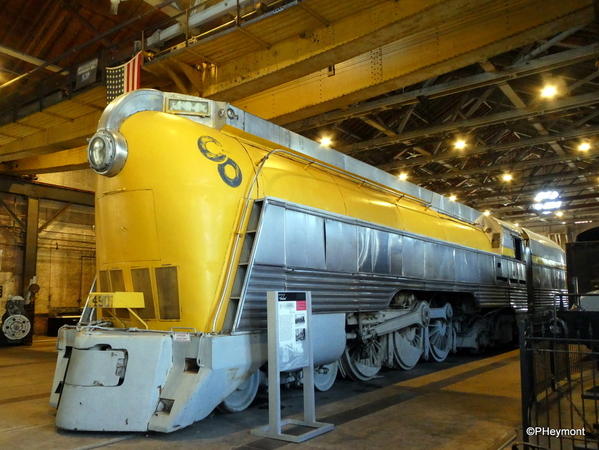
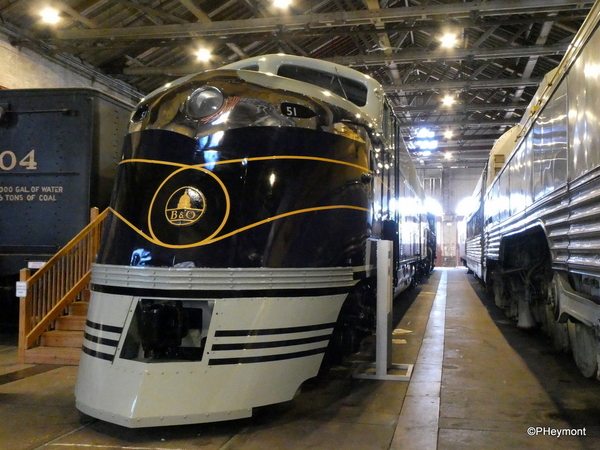


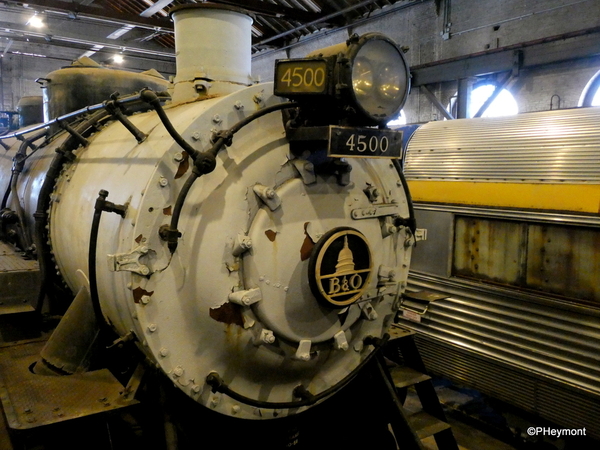
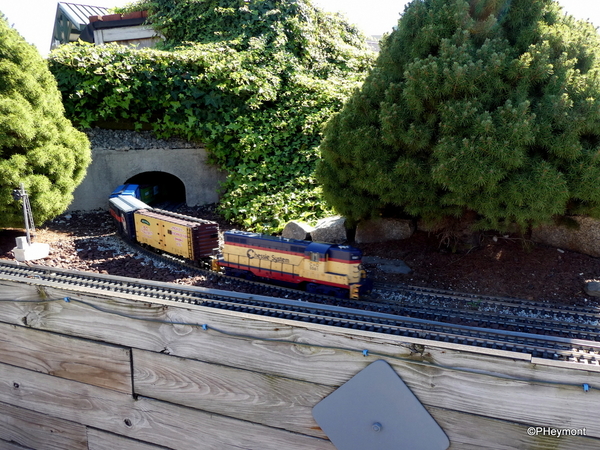
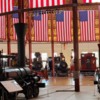




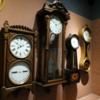



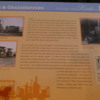

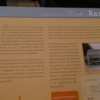




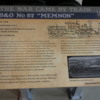

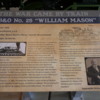


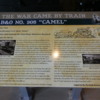

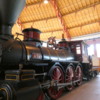


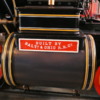

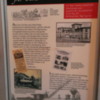



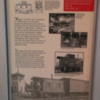



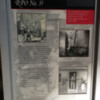

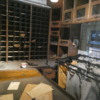


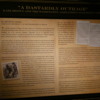

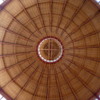





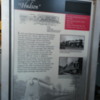

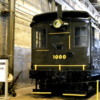
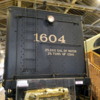




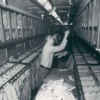
Comments (0)